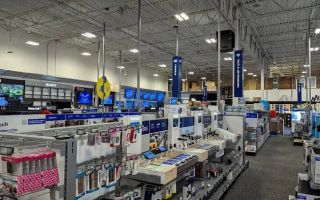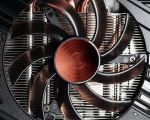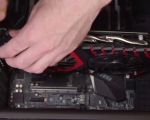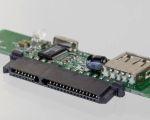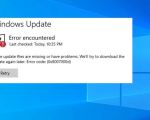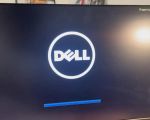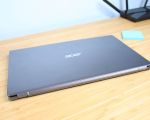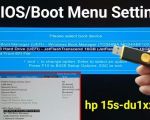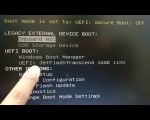Dell BIOS USB Boot Enable Guide: How to Boot from USB on Dell Computers
- Understanding BIOS and Boot Settings
- How to Enable USB Boot in Dell BIOS
- Troubleshooting USB Boot Issues
- Advanced BIOS Settings for USB Boot
Understanding BIOS and Boot Settings
The BIOS (Basic Input/Output System) is a vital part of your Dell computer, allowing the system to start and interact with hardware before loading the operating system. BIOS controls how your system boots and from what device, such as a hard drive, CD/DVD drive, or USB drive. For those looking to boot from a USB drive, understanding how to enable this option in BIOS is essential. In most modern Dell computers, the BIOS setup is easy to access and customize, giving you the flexibility to install new operating systems or run live USB utilities directly.
How to Enable USB Boot in Dell BIOS
Enabling USB boot on your Dell system requires accessing the BIOS settings during startup. Here’s how to do it:
- Power on your Dell computer, and immediately press the F2 key repeatedly to enter BIOS.
- Once in the BIOS menu, navigate to the Boot tab using the arrow keys.
- Look for an option labeled Boot Sequence or similar. This will allow you to prioritize boot devices.
- Find and enable the USB Boot option by selecting it and changing its status to Enabled.
- Save the changes and exit the BIOS by pressing F10, and your system will reboot.
Once you've enabled USB boot in BIOS, you can boot your Dell computer from a USB drive by plugging it in and restarting your system. The BIOS will now detect the USB drive as a bootable device, and you can select it from the boot menu.
Troubleshooting USB Boot Issues
If your Dell computer doesn't boot from USB after enabling the option in BIOS, there could be a few reasons why. Here are some troubleshooting tips:
- Ensure the USB drive is properly formatted and contains a bootable image, such as a Windows installation file or a Linux live distribution.
- Check that the USB port you're using is functional. Try plugging the USB drive into a different port.
- Verify that the BIOS is correctly saving your settings. If the settings are not applied, try re-entering the BIOS and saving again.
- If using a UEFI-based system, make sure that the Secure Boot option is disabled, as it may prevent booting from an untrusted USB drive.
Advanced BIOS Settings for USB Boot
In some cases, you may need to dive deeper into the BIOS settings to resolve specific issues. For example, Dell computers with UEFI firmware may have additional settings that affect how USB boot works. You may need to adjust the Boot Mode to Legacy instead of UEFI to allow for USB booting in certain cases. If you’re trying to install an operating system from a USB, this setting could be essential for success.
It’s also worth checking the Fast Boot setting. This feature speeds up boot times but might skip the detection of external bootable devices like USB drives. Turning it off can help in such situations.
By following this guide, you should be able to easily enable USB boot on your Dell system and troubleshoot any issues that arise. If you're looking to improve your booting experience, or need tools for creating bootable USB drives, consider exploring some additional products such as Ninja Stik for convenient, reliable USB booting.

